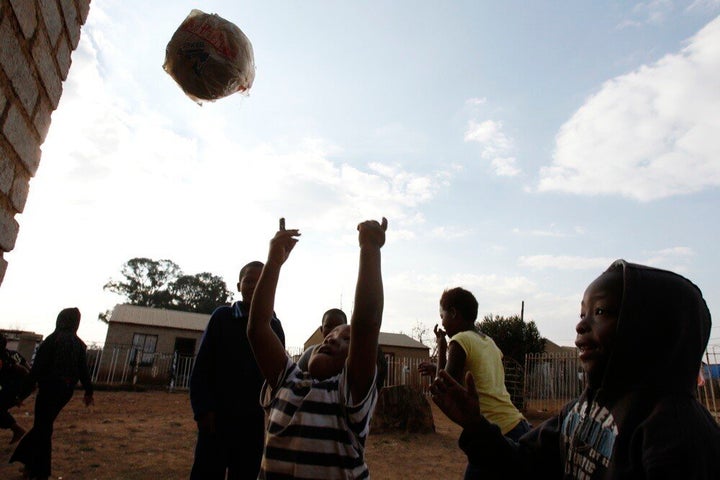
In a few days' time, world leaders and policy makers will convene at the United Nations for a special summit on young people. Given recent developments in many parts of the world, such a meeting is timely. With world population projected to reach 7 billion this year on Oct. 31, there is renewed interest in our collective impact on the Earth. This is prompting some to wonder: are there too many people in the world?
While there is no consensus on the planet's carrying capacity, we do know that population will continue to grow. According to projections from the U.N. Population Division, world population will likely reach 10 billion before the turn of the century.
Overall, people are living longer, healthier lives, and many couples are choosing to have fewer children. But we are faced with the largest ever group of potential parents. And great disparities exist between countries. While many wealthy and middle-income nations are concerned with low fertility rates and ageing citizens, the world's poorest nations struggle to meet the needs of young and rapidly growing populations.
I am particularly concerned about the future of adolescents and youth: how can we ensure that younger generations inherit a world worth living in?
The world's 1.8 billion young people aged 10 to 24 constitute more than a quarter of the world's population. Just below 90 percent live in developing countries. As parents of the next generation, their choices will help determine future population trends.
During my lifetime, I have seen the world population nearly triple and have experienced the consequences, both positive and negative. Discussing numbers with economists and policy makers and hearing the dreams and needs of adolescents and youth have brought the picture into sharp focus. In the world's poorest nations, about 60 percent of people are under the age of 25.
As a former Minister of Health in Nigeria and now head of a United Nations agency, I have come to one inescapable conclusion: if we are to tackle the consequences of growing populations, we need to invest in adolescents and young people now.
Investing in the education, health and skills of young people can save lives and boost productivity and prosperity. When adolescent girls are educated and healthy and can avoid child marriage, unintended pregnancy and HIV, they can contribute fully to society and pave the path to development. Investing in a package of reproductive health services would empower young women to decide if and when they will have children, and how many children to have, and increase their opportunities for employment. This investment would reduce maternal and child deaths and the spread of sexually transmitted infections. It would lead to smaller families with more resources to invest in the health and education of each child. It would slow population growth. It would also help families, communities and nations to escape from poverty. In short, investing in the health and rights of adolescents and youth should be viewed as an investment in our future, not an expenditure.
Yet here comes the painful truth. As I am writing this piece, too many young people are in need of basic education; they continue to face discrimination, coercion and violence. Too many youth and adolescents are forced into early marriage and unwanted pregnancy. Despite the benefits of reproductive health information and care, many young people and adolescents continue to suffer from inadequate access to these services, and this is detrimental to their development. Adolescent girls and young women are particularly vulnerable. Every year, 16 million adolescent girls become mothers. If present trends continue, an additional 100 million girls are expected to marry in the next decade. That's 25,000 girls married each day. This disrupts their education, stifles their opportunities and perpetuates poverty. And it results in early childbearing that puts their lives at risk.
Today, complications of pregnancy and childbirth are the leading cause of death in Africa and South Asia among adolescent girls 15 to 19 years old. About 40 percent of new HIV infections are among young people aged 15 to 24. This group is at high risk, and yet only 40 percent of young men and 38 percent of young women have accurate knowledge about HIV transmission.
There seems to be consensus that young people should be able to enjoy human rights and human dignity and make the most of their potential. Yet, many adolescents and youth around the world are frustrated with the absence of basic social services, the high levels of unemployment, and the lack of opportunities to have their voices heard.
Given the largest and most interconnected population of young people, it's time to listen and respond to their voices and viewpoints. They are already having a transformative impact on politics and culture. The population discussion is not a question of numbers. It's a question of how leaders can work with young people to meet the needs of current and future generations.
